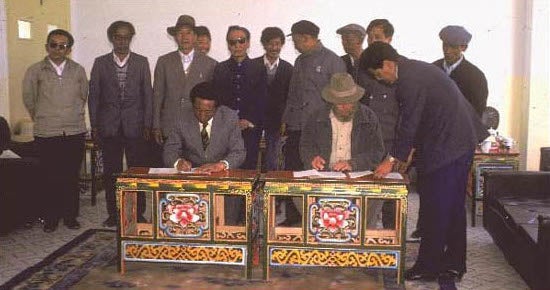Our goal at the Center for Research on Tibet at Case Western Reserve University is to conceptualize and conduct research on Tibetan history, society, language, ecology/physiology and culture to understand traditional Tibet and how it has changed. We have expanded our research goal by adding a commitment to preserve and organize our unique corpus of primary data in a way that will be readily available to students, scholars and Tibetans globally.
This unique corpus of interviews covers three major areas:
-
Modern Tibetan history;
-
The traditional social and economic life in Drepung, Tibet's largest monastery; and
-
The oral history of the lives of everyday rural and urban Tibetans.
Through maintaining a collaborative relationship with the Tibet Academy of Social Sciences (TASS) in Lhasa, we have undertaken a wide range of research projects on various aspects of past and present Tibet.
Quick Facts
-
The Center for Research on Tibet was founded at Case Western Reserve University in 1987 to generate and disseminate new knowledge about Tibetan culture, society and history.
-
Our campus location is in the Mather Memorial Building under the Department of Anthropology at Case Western Reserve University’s College of Arts and Sciences.
-
The center is currently co-directed by professors of anthropology Melvyn C. Goldstein and Cynthia M. Beall.
Notable Achievements
-
Since 1988, the center has hosted eight Tibet Academy of Social Sciences scholars.
-
Two young Tibetan researchers from the academy have received Master of Arts degrees in Anthropology.
-
Another Tibetan student earned a Doctorate of Philosophy in 2001. (Ben Jiao, Socio-economic and Cultural Factors Underlying the Contemporary Revival of Fraternal Polyandry in Tibet)
-
With support from the Henry Luce Foundation and the National Endowment for the Humanities, we are in the process of creating a major online archive that will include 700-1000 hours of indexed, keyword-searchable, taped interviews and their English translations.


